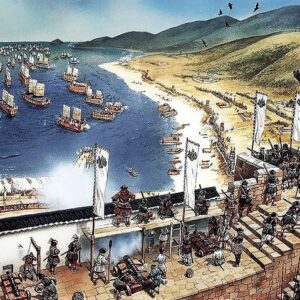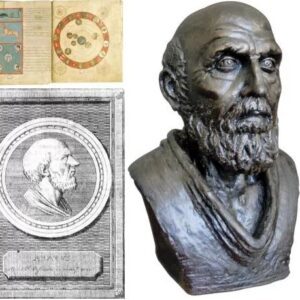At the age of 32, Alexander the Great conquered a vast area of land stretching from the Balkans to present-day Pakistan, becoming the leader of one of the largest ancient empires. Despite his fame and impressive achievements, the final resting place of Alexander the Great remains a mystery to this day.

The sculpture of Alexander the Great riding Bucephalus is located in Thessaloniki, a port city in Greece.
At the age of 32, Alexander the Great conquered a vast territory stretching from the Balkans to present-day Pakistan, becoming the leader of one of the largest empires of ancient times. Despite his fame and impressive achievements, the location of his final resting place remains a mystery.
Alexander the Great died in Babylon in 323 BC. Shortly afterwards, his empire also collapsed as his generals and officials vied for control. One of his generals, Ptolemy, took control of Alexander’s body and brought it to Memphis, Egypt in 321 BC, according to the Egyptologist Chris Naunton in his book “Searching for the Lost Tombs of Egypt.”

Historical records suggest that Alexander’s body may have been kept in Memphis (an ancient city near Cairo) until his tomb was completed in Alexandria and his remains were transferred there. “It’s not clear when this happened, but it could have taken decades,” Naunton said. According to historical records, another tomb for Alexander, called the “Sema” or “Soma,” was built in Alexandria at the end of the 3rd century BC. This appears to be the final resting place where the remains of Alexander the Great were laid to rest.


The image is believed to be the coffin of Nectanebo II.
Some scholars believe that the final resting place will be discovered. Independent researcher Andrew Chugg has identified several potential sites in Alexandria. Archaeologist Zahi Hawass, former Minister of Antiquities of Egypt, believes that the tomb is located in the current-day Latin cemetery in El-Shatby, Alexandria.





